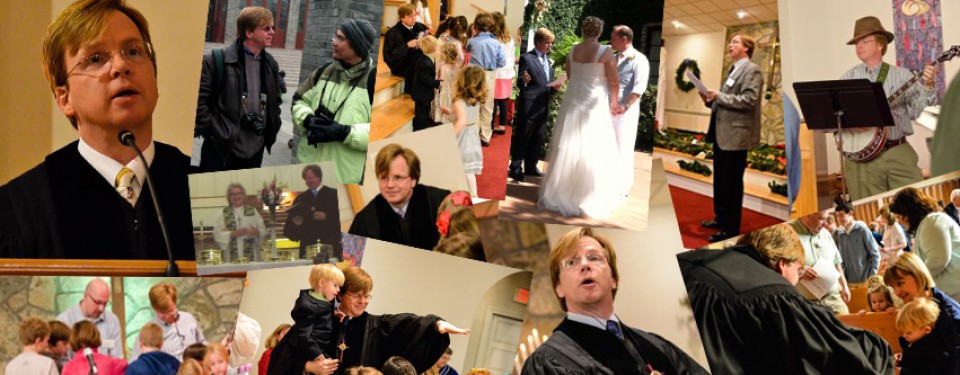 This morning, I thought we should tie up some of the loose ends I’ve left from our last two sermons.
This morning, I thought we should tie up some of the loose ends I’ve left from our last two sermons.
Two weeks ago, in the sermon “Very Good” we learned that God sees only the goodness that is an inescapable part of who we are; and which God deliberately put into us at the very beginning. All are just as loved by God as we are; and all anyone needs is a revelation of this Love; a love which heals us from all of our iniquities.
Last week, on Palm Sunday we remembered that we’ve all betrayed Jesus, even God betrayed him. And that we cannot help but muck things up, because muckiness is also a part of who we are.
In other messages I’ve given here, we’ve talked about how – because we are conscious of ourselves, and have the freedom to choose right from wrong. Then we must have the right to fail. This is also part of who we are. And, we not only can fail, we must. We must have the freedom to fail, and will, even though we don’t want to.
These messages are somewhat at odds with each other. Two weeks ago, we talked about how we are all, in our heart of hearts, “Very Good” and that God sees the goodness in us, and is determined to save us for that reason.
But last week I said we are creatures of sin, we are always making choices that increase our separation from God. This seed of corruption is buried deep within us: and is a very necessary seed. If we are to be worthy of Love, and not simply puppets of the Almighty, then God must allow us to be able to distance ourselves from God. We must have the right to fail. We must have the right and power to betray others, even betraying the Son of God himself.
So, how do we reconcile all this? Yes, we are, ultimately, Very Good: beloved children of God. And yet, we killed the Son of God through the sin that is part of who we are.
And, how does this all tie into our hope for redemption, for our salvation which is promised by virtue of Jesus’ Resurrection?
First, let’s begin by talking about sin. When we refer to “sin”, what are we talking about?

 You know, loving others is hard.
You know, loving others is hard.




